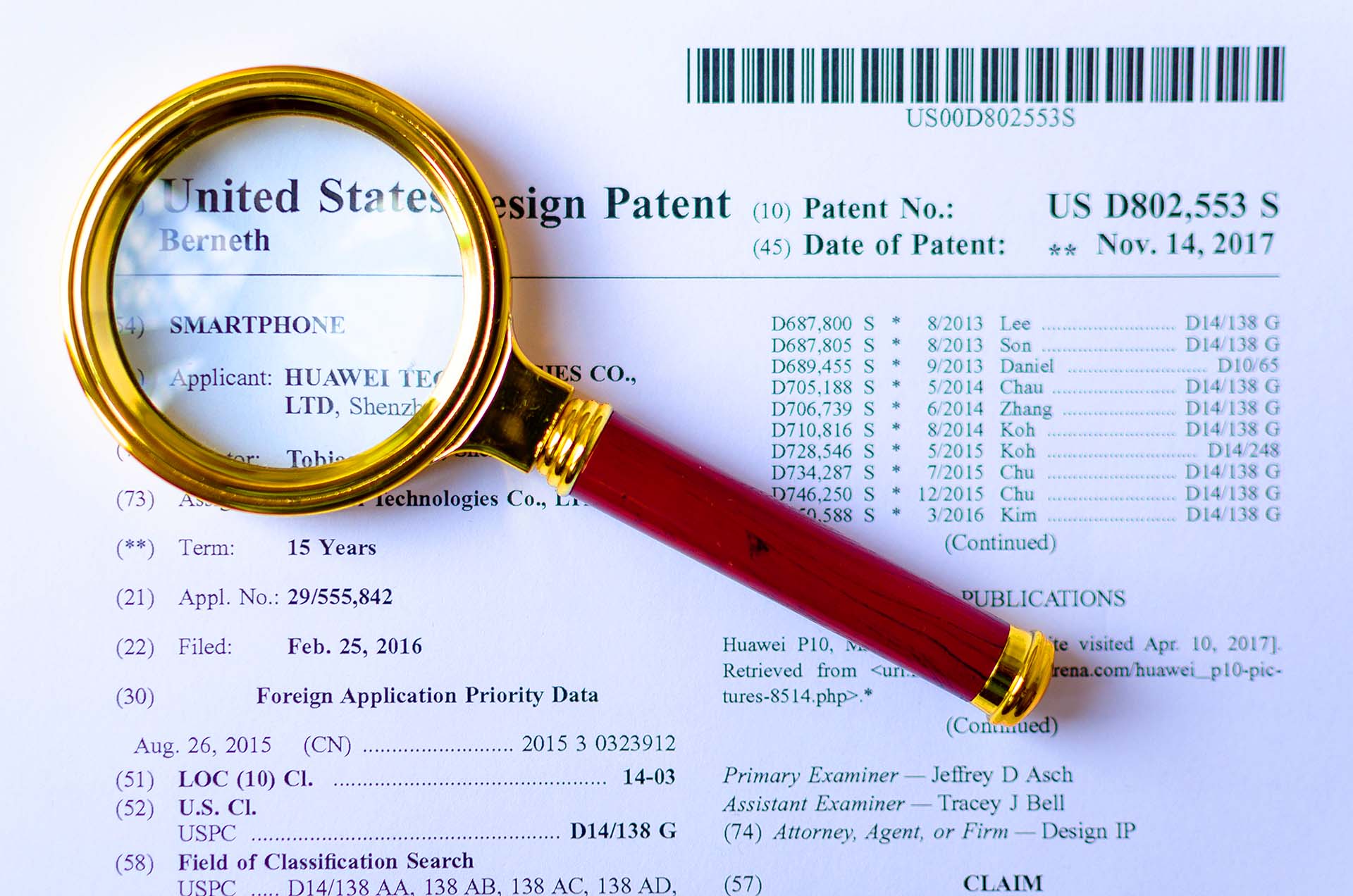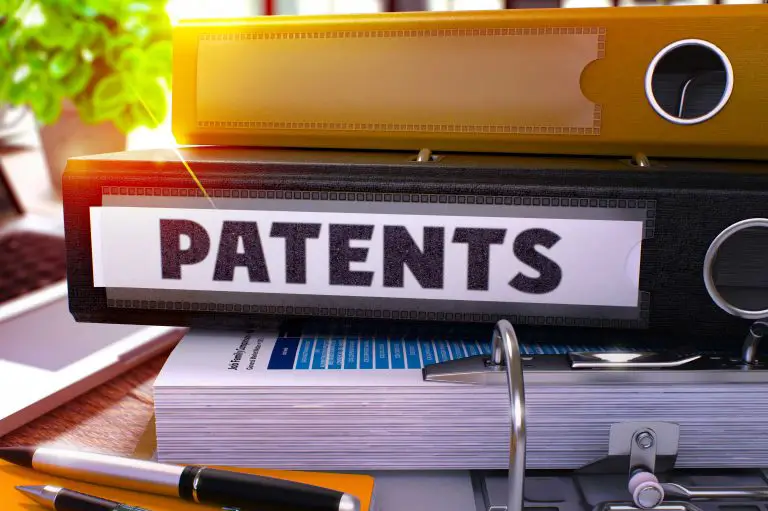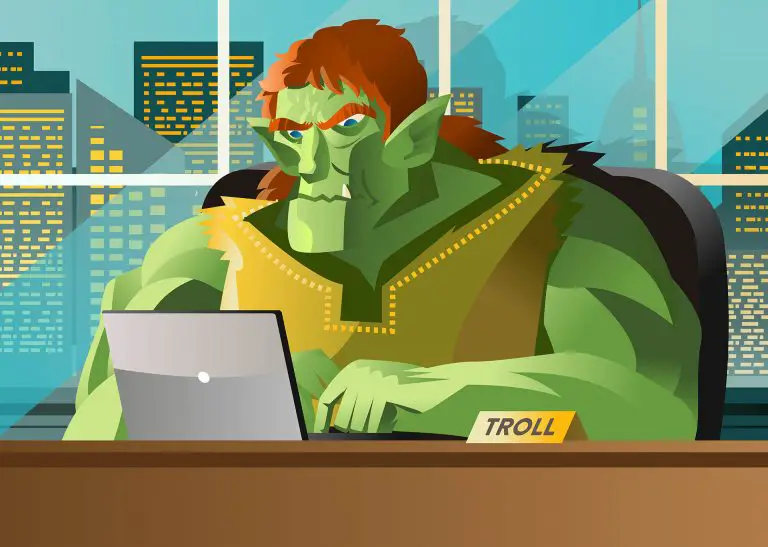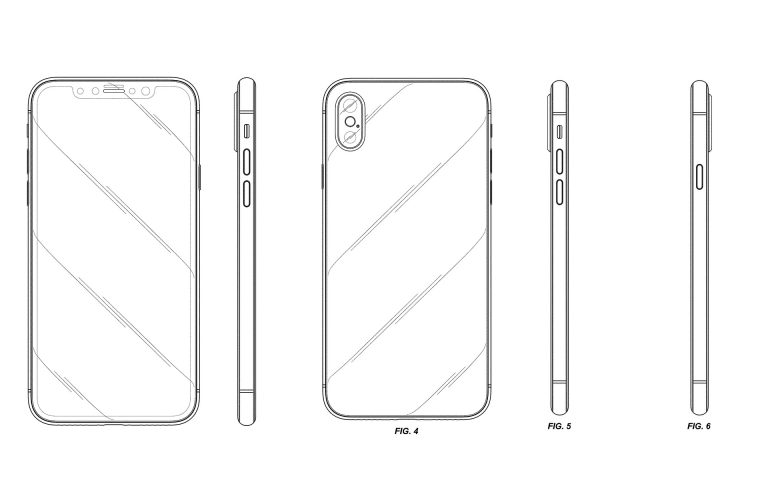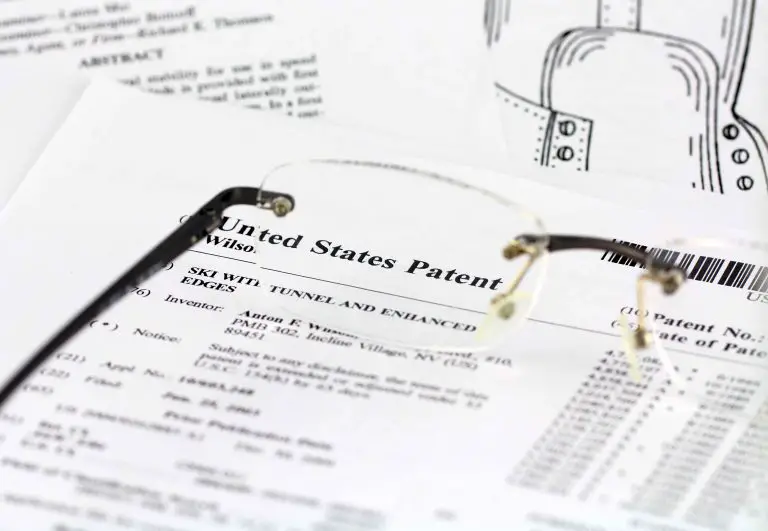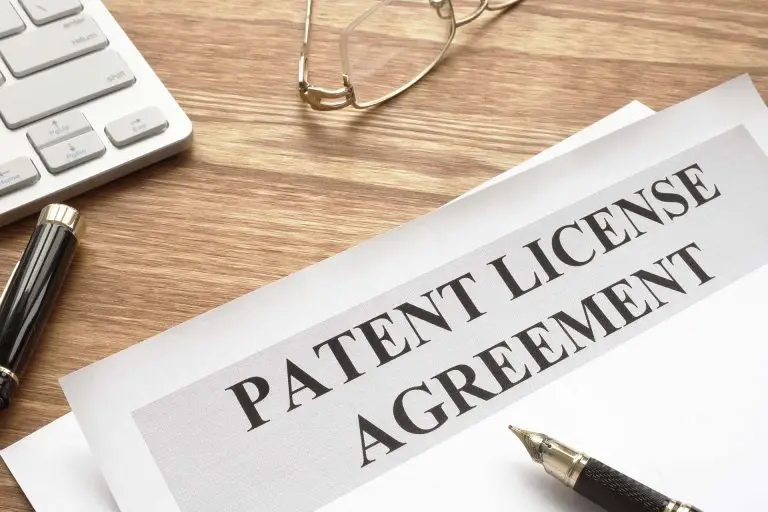What is Prior Art?
If you have started the process of patenting your invention or product, you may have come across the term “prior art” and you may be wondering what prior art means in the realm of patent law. We will explain that in the section below because it’s very important that you understand what prior art includes so that you can properly conduct a prior art search to ensure that your invention is eligible for a patent from the USPTO. Prior art is a legal term, so understand what prior art is, what it includes, and what it does not include is essential to patenting your invention.
What is Prior Art?
Knowing the definition of prior art and what constitutes or is considered as prior art is very important when patenting your invention because the USPTO (United States Patent and Trademark Office) requires inventions to be new and different from prior art.
Prior art is any invention that has been patented in the U.S or abroad, publicly disclosed in print or online, or was known to the public prior to an applicant filing a patent application in the U.S.
Said differently, prior art is any type of evidence that can show that your invention was publicly known prior to an applicant filing a patent application with the USPTO.
So, why do patent applicants care so much about prior art?
To patent an invention in the United States, an applicant must show that his invention is new and nonobvious. To make this showing, an applicant must show that his invention is different from anything that has previously been patented and had been publicly disclosed.
Making this showing is one of the most difficult tasks an inventor will encounter because there are millions of inventions out there, so having one that no one has ever publicly disclosed or patented is very difficult to prove.
If an applicant cannot show that his invention is sufficiently different from prior art, the patent examiner may reject his patent application on the grounds that prior art exists prohibiting the applicant from patenting his invention.
As such, it is important to understand what constitutes prior art and to be able to explain how your invention is different from the relevant prior art.
Here is a list of things that are considered to be prior art:
- A product that was sold or offered for sale
- Public use of the invention
- Patented inventions
- Expired patents on inventions
- Publishing articles in print or online about the invention
- Presenting the invention to the public
- Rejected patent applications
- Inventions patented in other countries
Once an inventor publishes his invention online or in print, it does not matter that only a small number of people read the publication, it only matters that the inventor publicly disclosed the information or made it publicly available.
If an inventor did any of the previously listed acts, he will only be able to patent his invention if he files a patent application within 12 months of making the public disclosure and offering his invention for sale.
If an inventor does not file a patent application within the 12 month grace period, his patent application will be rejected and he will not be allowed to patent his invention in the United States.
The United States is more lenient than other countries. Other countries do not offer inventors a 12 month grace period during which they can file a patent application. Once an invention has been publicly disclosed or offered for sale, it cannot be patented.
So, if you have an invention that you want to patent in the US and abroad, it’s good practice to keep your invention secret until you file a patent application in all countries where you want to obtain a patent.
What is Not Prior Art?
Now that we know what prior art is, it’s important to look at what is not considered to be prior art.
The most obvious example of what would not be considered prior art is a trade secret that is used by a company.
So, you might be wondering: what is a trade secret?
A trade secret is any instrument, process, design, or formula that a business uses to give it a competitive edge over its competitors. Trade secrets are typically kept secret by the business using them.
Since trade secrets are kept a secret, they are not considered to be prior art. That said, if the holder of a trade secret does not take reasonable measures to ensure that his trade secret remains secret, what was once a trade secret may become prior art.
However, the risk a holder of a trade secret takes is that someone else may invent something that’s the same as the trade secret and patent it.
The inventor of an invention that’s the same as a trade secret may be able to patent it and the trade secret would not prohibit the inventor from patenting it because it is not considered to be prior art since it was never publicly disclosed.
This situation is good for the inventor/applicant but is a confusing situation for the trade secret holder whose trade secret is being patented by a third party that could prevent the trade secret holder from continuing to use the trade secret.
How to Differentiate Your Invention From Prior Art?
The main method to differentiate your invention from the prior art is to focus on an emphasize the differences between the invention you’re claiming in your patent application with the relevant prior art. Point out how your invention is superior to the relevant prior art.
When drafting a patent application, an applicant should include what differentiates his invention from existing prior art. This helps the patent examiner ascertain that the invention is different from previously disclosed inventions.
An applicant should also take the time to include in the description of his invention what differentiates his invention from prior art.
One method an inventor can use to differentiate his invention from prior art is to include a table that lists the prior art in one column and use a secondary column to list how his invention differs from the relevant prior art. Such a table will assist the examiner in determining that the invention is indeed different from what’s already out there.
Why is Prior Art Important to Understand?
It is important to understand prior art because prior art can affect whether an inventor can patent his invention. This is so because US Patent Law requires inventions to be different from anything that’s publicly known at the time an inventor applies for a patent.
If an inventor’s invention is the same as something that is publicly known, the patent office will reject the patent application on the grounds that prior art exists to ban the patenting of the invention at hand.
If an inventor cannot patent his invention, he may not be able to profit from his invention as he does not have legal rights that he can enforce against others who make or use the same invention.
As such, if an inventor has an invention that he wants to exploit and control who uses his invention, he must first obtain a patent. Once the patent office grants him a patent for his invention, he will be able to stop others from using, making, selling, and importing the patented invention to the United States for a limited period of time.
Conducting a Prior Art Search
Before filing a utility or design patent application, an inventor must conduct a prior art search. Your search should begin with a search of the USPTO Patent Database and then move towards other online and print publications that relate to the field of your invention.
If you encounter patented inventions that are the same as yours, you may want to try to modify your invention so that your invention operates or functions differently.
That said, you should contact an experienced patent attorney in your jurisdiction before deciding whether to proceed and not to proceed with patenting your invention.
An attorney can conduct a prior art search on your behalf, but it’s good that you conduct a cursory inspection so that you have an idea about any similar inventions that are out there.
Also, if while conducting a search you come across an invention that you believe the patent examiner may find similar to yours, you should contact your attorney before proceeding to file a patent application.
You can search the USPTO Patent Database by heading over to the USPTO Patent Database Search Tool or you can use Google Patents to search for previously patented inventions in the United States.
Google patents offers inventors the ability to search for relevant prior art by searching for previously patented inventions by both category and keyword(s).
Just remember that a prior art search should only be performed by experienced individuals, as such choosing an attorney who is skilled in the field of your invention is the best way to guarantee the search is done properly.
Can an Inventor Patent Prior Art?
No, you cannot patent prior art itself. Said differently, you cannot patent something that has been previously patented, nor can you patent something that has been publicly disclosed.
To obtain a patent, your invention must be different from anything that has already been patented before and publicly disclosed. That said, you can obtain an improvement patent.
An improvement patent is basically obtaining a utility patent over an improvement to an existing invention. For example, if someone invented a chair and you invent a rocking chair, you would want to obtain an improvement patent because it improves upon an existing patent.
To obtain an improvement patent, an individual will have to show that his improvement of an existing invention is indeed new, unique, nonobvious, and serves some useful purpose.
So, what can you do with an improvement patent?
Although obtaining an improvement can be a great thing, you should be aware of the following two scenarios.
If you obtain an improvement patent over an invention that was previously patented but the patent has expired, you do not need the permission of the previous patent holder to sell a product that you’ve improved upon.
However, if you patent an improvement of an invention that has an active patent, you cannot make or sell the invention as improved unless you first obtain the original patent holder’s express permission to do so.
Also, the inventor of the original invention without any improvements cannot sell the improved invention where you’ve patented the improvement.
So, whether you want to sell the invention as improved, you’ll need the original patent holder’s permission and the original patent holder will need your permission to sell the invention as improved.
How Much Does a Prior Art Search Cost?
The cost of a prior art search depends on the attorney conducting the search. Also, the experience of the attorney, as well as the geographic location of your attorney will play a role in how much they will charge you to perform a prior art search.
That said, attorneys typically charge between $500 to $3,000 to perform a prior art search.
The main factor that affects how much a prior art search will cost you is the complexity of your invention, as well as how many similar inventions are out in the public. The more complex the invention and the more inventions that are similar to yours, the more an attorney will charge you for the prior art search.
Frequently Asked Questions Patent Rebel Receives (FAQs)
1. What is prior art?
Prior is a legal term that refers to anything that’s been publicly disclosed that can prohibit an inventor from patenting his invention. To patent an invention, an inventor/applicant must ensure that no prior art exists to prohibit him from patenting his invention.
2. Can I patent prior art?
No, you cannot patent prior art. That said, you can patent improvement to existing inventions. However, if you’re patenting an improvement to an invention that has an active patent, you must obtain the patent holder’s permission before making or selling the invention as improved. If, on the other hand, you’re patenting an improvement of an invention that’s not patented or the patent on it has expired, you can make and sell the invention as patented without having to obtain the permission of anyone.
3. What qualifies for a patent?
For your invention to qualify for a patent, your invention must have patentable subject matter, it must be novel, nonobvious, and useful. Once you have an invention that satisfies these requirements, you should go ahead and contact an experienced attorney to assist you with the preparation and filing of your patent application. The USPTO offers both utility patents and design patents. Utility patents protect how an invention works, while design patents protect the appearance of your invention.
4. How to find prior art?
You can find prior art by conducting a search of the USPTO patent database, as well as Google Patents, and by searching online publications that are relevant to the field of your invention.
5. Can you patent inventions that were patented in other countries?
In the U.S, you cannot patent an invention that was patented in another country. As such, when conducting a prior art search, you should perform a search of the worldwide patent database to ensure that no one has patented your invention in a country outside the United States.

